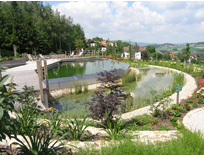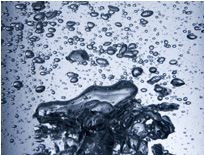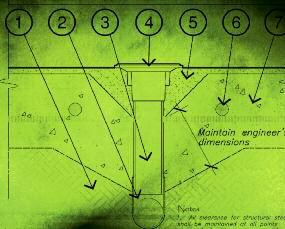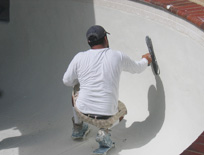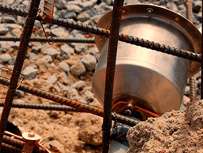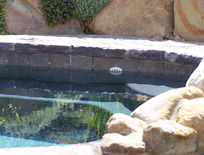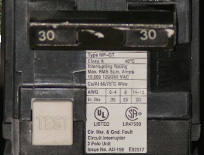Pools & Spas
We’ve been conditioned in the United States to think that the only safe water is water that has been sanitized by powerful chemicals and/or devices using ozone or ultraviolet light. In fact, it seems that our industry has promulgated a doctrine that we need to
By Beth Hamil In the first part of this in-depth look at ozone, author Beth Hamil discussed its environmental benefits for energy consumption, water usage and general healthfulness. [To read Part One, click here.] In this installment, she turns to the many new aquatic applications the ozone industry is exploring. Ozone-system suppliers have made enormous efforts in recent years to develop and scale new systems for all sorts of aquatic
If you use the words “ozone” and “environment” in the same sentence, most people are going to think of the ozone layer and emissions that may be harming it. Most do not think of manmade ozone and how this remarkable compound yields
When these clients decided that they wanted to have a swimming pool, they knew above all else that they did not want another box of blue water. By contrast, as avid patrons of Disney World, the Princeton, N.J., homeowners had decided that their pool should be what they called “Disney natural” – not as completely naturalistic as a real pond, but natural enough so that they and their children could suspend disbelief and pretend that they were swimming in a pond. Before we came on the scene, the clients had
Through the past two years, a handful of voices in this magazine and elsewhere have called for building pools without drains as a means of virtually eliminating suction-entrapment incidents. The response to this suggestion has been strong, both for and against. In sifting through some of these discussions – including a key interview with Dr. William N. Rowley that appeared online last fall on the WaterShapes Web site – one item caught my eye: It came from a watershaper who clearly didn’t have
‘ As familiar as it may seem, plaster is far more complicated than most people think. As a consequence of that complexity, it has for years been the subject of discussion, controversy and a great volume of research and analysis. All of that has been dedicated to reaching
As I mentioned in an article in the last edition of this newsletter (November 3, 2010), many people misunderstand the relationship between electrical grounding and electrical bonding. Let’s pick up the discussion where we left off. Although grounding and bonding are closely related, they do serve separate purposes — both of which work together to increase
Automation of some kind is standard with most swimming pool projects these days. Almost every project my company does, for instance, now includes an Aqualink system from Jandy (Vista, Calif.) or something similar. These systems feature a panel in the equipment area that controls
Do you really know the difference between grounding and bonding? If you do, great. But the truth is that most people — including lots of construction-oriented watershapers who should know better — do not understand this fundamental distinction, which is why this
There’s no denying the difficulty of building a high-quality inground pool, but the welcome fact is that the earth can conceal a range of little imperfections, from small leaks to minor structural defects. When you build a pool or some other watershape above grade as an integral component of a multi-story building, however, everything you do is magnified because the work is always exposed. Essentially, you lose the margin for error that might be possible with an inground installation. This past spring, work was completed on two high-rise watershapes our firm engineered as part of L.A. Live, a multi-purpose, entertainment-oriented complex situated near the Staples Center and the Los Angeles Convention Center in downtown Los Angeles. The pool/spa combinations were placed on the fourth and twenty-sixth floors, and although they have simple rectangular forms, they represent the absolute










